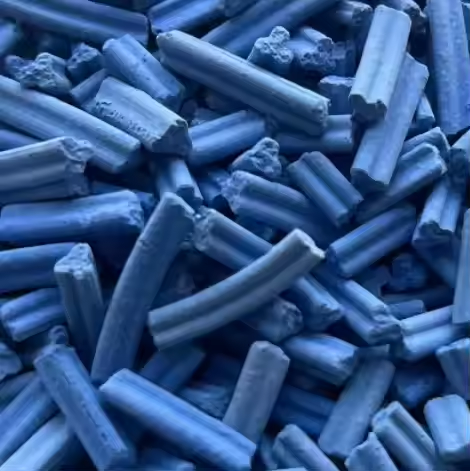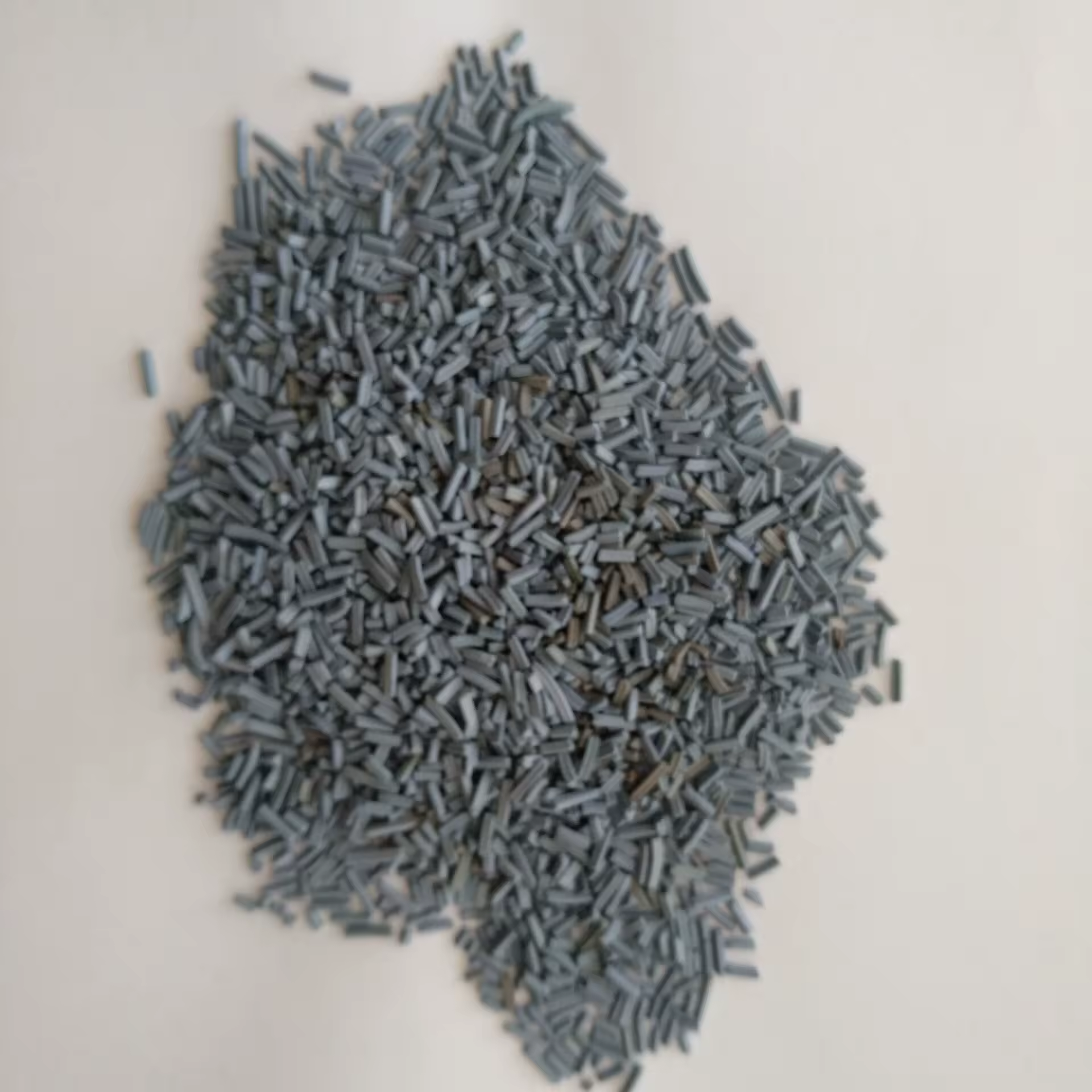Description
Cobalt Molybdenum Catalyst: A Workhorse of Modern Industry
Cobalt molybdenum catalysts (CoMo catalysts) are a ubiquitous presence in various industrial processes, often working silently behind the scenes to produce cleaner fuels, valuable chemicals, and a host of other essential products. These catalysts, characterized by their unique synergistic action, have become indispensable thanks to their versatility, effectiveness, and relative affordability.
What are Cobalt Molybdenum Catalysts?
CoMo catalysts are typically composed of cobalt and molybdenum oxides supported on a high surface area material, most commonly alumina (Al₂O₃). The active sites are formed when these oxides are sulfided, creating cobalt-promoted molybdenum sulfide nanostructures. The key to their effectiveness lies in the interaction between the cobalt and molybdenum sulfide phases. The cobalt acts as a promoter, enhancing the activity and dispersion of the molybdenum sulfide, which is the primary active component.
The Power of Synergy: Why Cobalt and Molybdenum?
The combination of cobalt and molybdenum is far more effective than either metal alone, a testament to the power of synergy in catalysis. Here’s a breakdown of the key reasons:
- Enhanced Active Site Formation: Cobalt facilitates the formation and stabilization of active edge sites on the molybdenum sulfide crystallites. These edge sites are crucial for catalytic activity.
- Increased Dispersion: Cobalt helps to disperse the molybdenum sulfide phase, preventing aggregation and maximizing the surface area available for reaction.
- Improved Sulfidation: The presence of cobalt can improve the degree of sulfidation of the molybdenum oxide, leading to a more active catalyst.
- Redox Properties: Both cobalt and molybdenum have multiple oxidation states, allowing them to participate in redox reactions, which are essential for many catalytic processes.
Key Applications: A Wide Range of Uses
CoMo catalysts are widely employed in several critical industrial applications, primarily focused on removing sulfur and nitrogen from hydrocarbon streams:
- Hydrodesulfurization (HDS): This is arguably the most significant application of CoMo catalysts. HDS is vital for removing sulfur compounds from crude oil and other petroleum fractions. Sulfur compounds are environmental pollutants that contribute to acid rain and can poison catalysts used in other downstream processes. CoMo catalysts efficiently convert these sulfur compounds into hydrogen sulfide (H₂S), which can then be further processed into elemental sulfur.
- Hydrodenitrogenation (HDN): Similar to HDS, HDN is used to remove nitrogen-containing compounds from petroleum feedstocks. Nitrogen contaminants can also poison catalysts and contribute to the formation of nitrogen oxides (NOx), another significant environmental pollutant.
- Hydrotreating: This is a broader term encompassing HDS, HDN, and other reactions that use hydrogen to improve the quality of petroleum fractions. CoMo catalysts are essential for hydrotreating various feedstocks, including naphtha, kerosene, and diesel.
- Other Applications: Beyond petroleum refining, CoMo catalysts are also used in other processes, such as:
- Coal Liquefaction: Converting coal into liquid fuels.
- Biomass Conversion: Converting biomass into valuable chemicals and fuels.
- Methanation: Converting carbon monoxide and hydrogen into methane.
Challenges and Future Directions
While CoMo catalysts are highly effective, ongoing research is focused on improving their performance and addressing challenges:
- Improving Activity and Selectivity: Researchers are exploring new promoters, supports, and preparation methods to further enhance the activity and selectivity of CoMo catalysts.
- Developing More Robust Catalysts: Improving the resistance of CoMo catalysts to poisoning by coke and other contaminants is a major area of focus.
- Exploring Alternative Supports: Investigating alternative supports, such as carbon nanotubes and metal-organic frameworks (MOFs), can potentially lead to catalysts with higher surface areas and improved performance.
- Understanding the Mechanism: Continuing to unravel the complex reaction mechanisms involved in CoMo catalysis is crucial for designing even more effective catalysts in the future.
Conclusion
Cobalt molybdenum catalysts are indispensable tools for modern industry, playing a critical role in the production of cleaner fuels and valuable chemicals. Their synergistic action, versatility, and relative affordability have made them the workhorse of hydrotreating and related processes. As the demand for cleaner energy and sustainable chemical production continues to grow, ongoing research and development in CoMo catalyst technology will be essential for meeting these challenges and shaping a more sustainable future.













Reviews
There are no reviews yet.